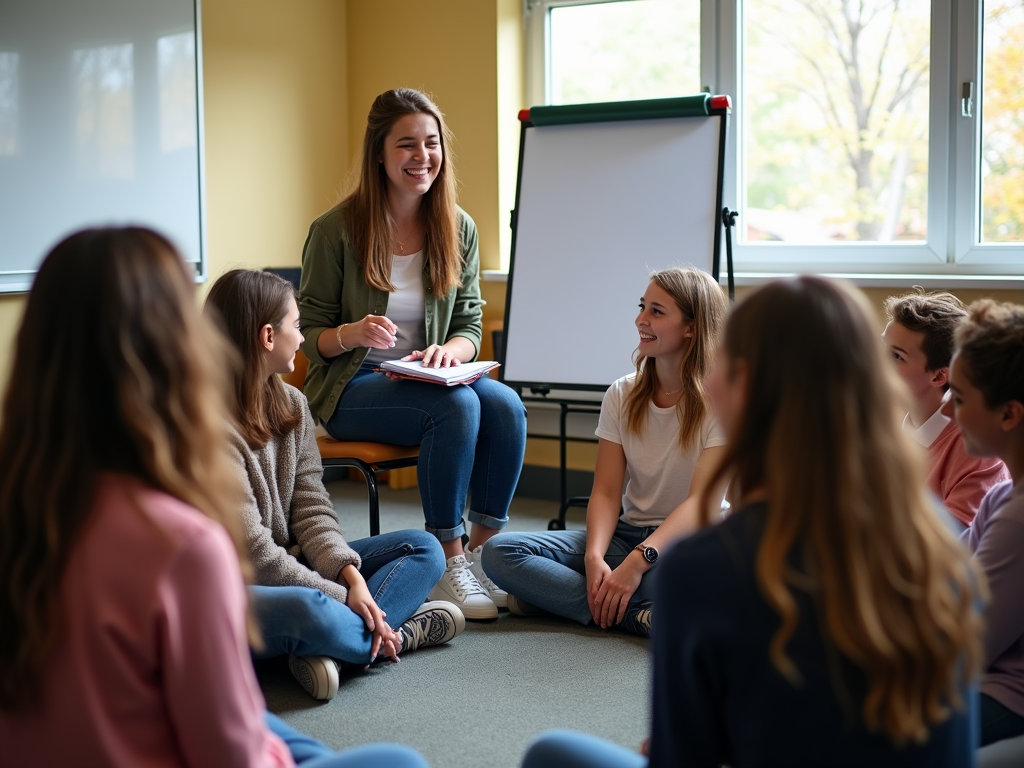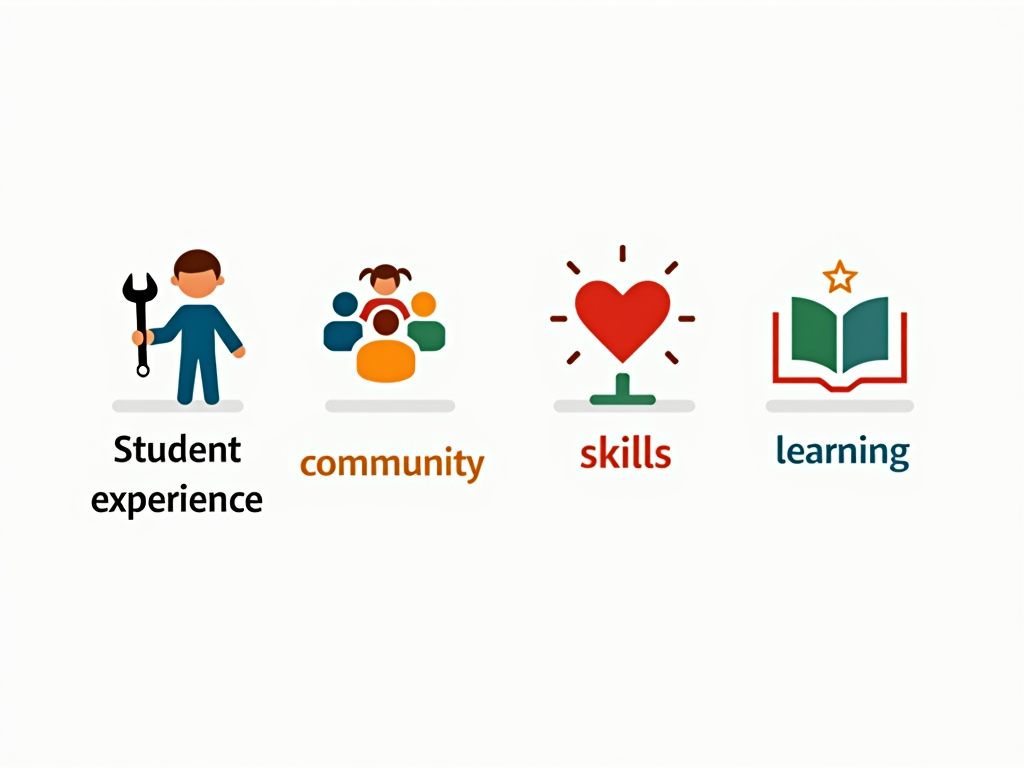Integrating Volunteer Work in Academic Curriculums: Benefits and Best Practices
By , March 24, 2025
Overview
Integrating volunteer work into academic curriculums is a growing movement in education. It blends classroom lessons with real-world action, helping students grow while they help others. This method, often called service learning, builds skills, boosts community ties, and makes learning more meaningful.

The Roots of Service Learning
Service learning started taking shape in the early 1900s, when educators wanted students to learn by doing. By the 1960s, it became a way to link schoolwork with community service. Today, it’s a respected approach that teaches students responsibility and care for others. Schools and colleges use it to prepare students for life beyond the classroom. It’s not just about volunteering—it’s about connecting lessons to the real world.
Why Volunteer Work Matters in School
Adding volunteer work to curriculums has big payoffs. Here’s how it helps students:
-
Hands-On Experience: Students use what they learn in class out in the world. A science student might volunteer at a wildlife center, learning about animals up close.
-
Stronger Community Ties: Volunteering shows students what’s happening around them. They see local needs—like hunger or pollution—and step up to help.
-
New Skills: Teamwork, leadership, and problem-solving grow through volunteering. These skills help in school and jobs later on.
-
Better Learning: When students apply lessons to real tasks, they remember more. For example, a history student might volunteer at a museum and connect past events to today.
Take Sarah, a high school junior. She volunteered at a food bank for her economics class. Sorting donations taught her about supply chains—and made her care more about her neighbors.

Ways to Add Volunteer Work to School
There’s more than one way to bring volunteer work into curriculums. Here are some popular approaches:
-
Project-Based Learning: Students tackle a community problem, like building a school garden to learn about plants and teamwork.
-
Internships: Older students work with local groups, like a non-profit, to gain career skills. A business student might help plan a charity event.
-
Service Hours: Some schools require volunteer time to graduate. It pushes students to get involved and try new things.
Each method fits different ages and goals. A middle school might focus on fun projects, while a college might offer internships.
Challenges and How to Fix Them
Integrating volunteer work isn’t always easy. Here’s what schools face and how they can solve it:
- Time and Travel: Finding time and getting students to volunteer sites can be tough.
-
Fix: Team up with nearby groups to keep things simple.
-
Grading It: How do you measure learning from volunteering?
-
Fix: Use journals or presentations where students explain what they learned.
-
Making It Fit: Volunteer tasks need to match class lessons.
- Fix: Teachers can pick projects that tie into their subjects, like tutoring for a reading class.
One teacher, Mr. Lopez, faced scheduling issues. He worked with a local library to bring volunteer jobs to school, saving time and keeping it relevant.

Real Stories of Success
Here’s how some schools made it work:
-
High School Science: Students volunteered at a nature reserve. They tracked birds and plants, then shared their findings with the town. It tied into their biology lessons and sparked pride.
-
College Business Class: Students helped a charity with marketing. They built a social media plan that raised $5,000—real results from their studies.
-
Middle School Reading: Kids read books to preschoolers at a daycare. It boosted their confidence and reading skills, plus they made new friends.
These examples show how volunteer work brings lessons to life. Students don’t just learn—they grow.
Tips for Doing It Right
Want to make volunteer work a success in school? Try these ideas:
-
Match the Lessons: Pick volunteer tasks that connect to what students are studying.
-
Help Students Out: Give them training or tips before they start.
-
Talk About It: Have students write or chat about what they learned.
-
Team Up: Work with local groups to find good opportunities.
-
Say Thanks: Celebrate what students do with awards or shout-outs.
-
Let Them Choose: Give students a voice in picking projects—they’ll care more.
A principal once said, ‘When students help plan it, they own it.’ That’s the key to making it stick.

Wrapping It Up
Integrating volunteer work into academic curriculums transforms education. It gives students real-world experience, builds community spirit, and sharpens skills for life. Yes, there are hurdles—like planning and grading—but with smart strategies, schools can make it work. Service learning doesn’t just teach students; it shapes them into caring, active citizens.